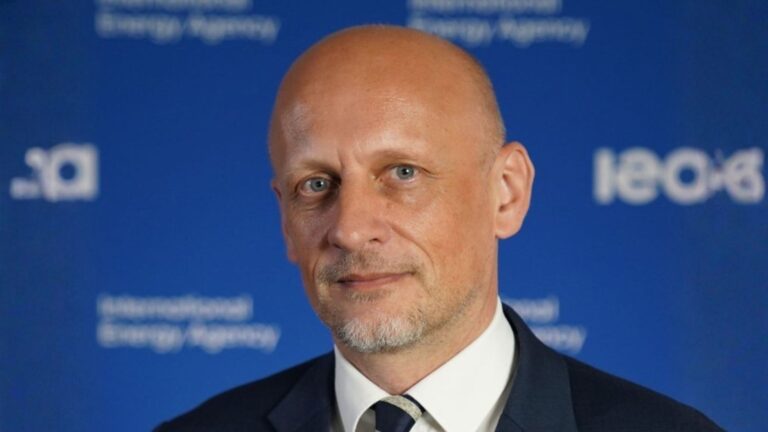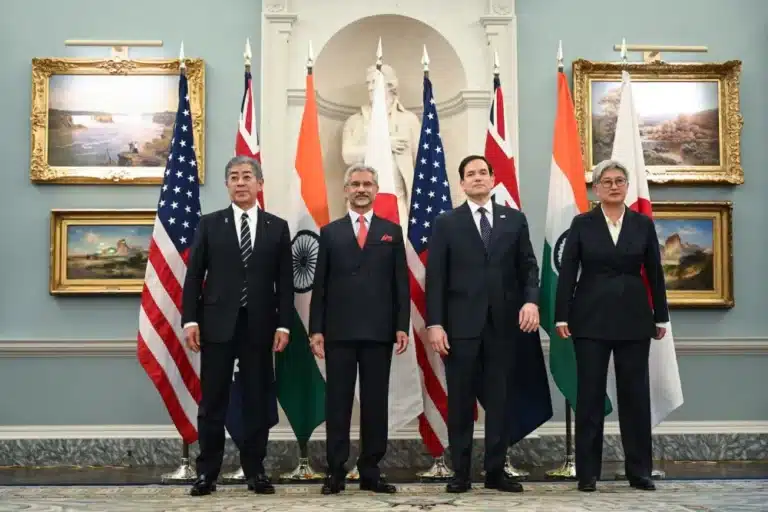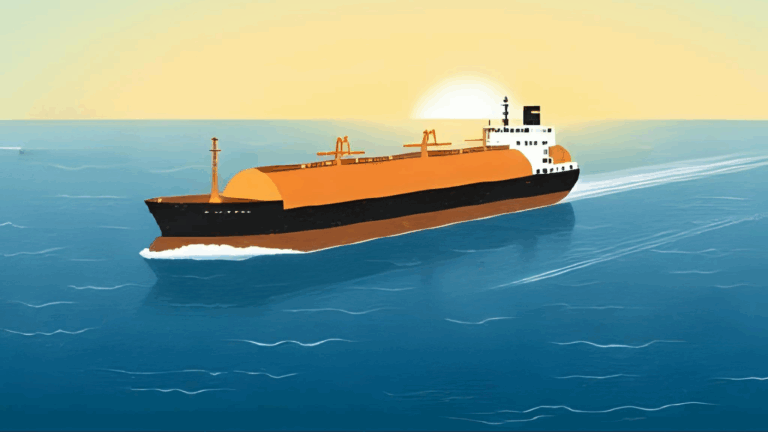Following Russia’s invasion of Ukraine, the International Energy Agency (IEA) and the European Commission (EC) devised plans to rapidly reduce the EU’s imports of Russian natural gas.[1] Russian pipeline gas supplies to the European Union amounted to approximately 155 billion cubic meters (bcm) in 2021, including 14 bcm of liquified natural gas (LNG). Replacing this volume entirely within one year would be impossible. However, the IEA and the EC estimate that a reduction of one- to two-thirds is achievable by the end of 2022 based on lowering gas demand and finding alternative gas supplies. This wide range is indicative of just how challenging this effort will be.
In this piece, Anne-Sophie Corbeau, a global research scholar with the Center on Global Energy Policy, answers questions about the EU’s plans to replace Russian gas with supply from alternative sources.
How much of the EU’s Russian gas imports can be replaced by other pipeline gas suppliers in the short term?
Both the IEA and the EC expect an additional 10 bcm from domestic gas production and pipeline gas suppliers. The author estimates that this is achievable based on the following:
- Norway produced above the Norwegian Petroleum Directorate’s (NPD) forecasts in 2021 as well as in January 2022.[2] The author estimates that Norway could increase its production by another 3 bcm compared to current NPD forecasts for 2022.
- The Netherlands is allowing the giant Groningen field to produce almost twice as much gas as initially planned for 2022 (7.6 bcm instead of 3.9 bcm).[3] However, this production level is likely unsustainable in the long term given plans to shut down the field.
- Azerbaijan’s pipeline exports to the EU stand at 8 bcm annually, and the country is keen to send more. However, any additional amount cannot exceed 2 bcm due to the size of the TAP pipeline (10 bcm).[4] Incremental volumes would require an expansion of the pipeline.
- Algeria’s pipeline exports to Europe recovered to 35 bcm in 2021. This amount can possibly be increased somewhat but Algeria’s ability to contribute more is constrained by its production capacity and rapidly growing domestic needs.
How much more LNG can Europe take in 2022?
Europe imported about 80 bcm of LNG in 2021, and could take more to reduce reliance on Russia in 2022. However, the IEA and the EC disagree on how much LNG Europe could realistically take. The IEA’s analysis projects that an increase of 20 bcm is possible, while the EC indicates the ramp up could reach 50 bcm, implying total European imports of 130 bcm. Reaching levels of 130 bcm of LNG in 2022 could face two significant constraints: the amount of LNG that can be diverted to Europe (including to replace Russian LNG imports) and the limitations imposed by Europe’s LNG terminals.
For the EU to achieve a total import level of 130 bcm, it would need to take a proactive stance and hope that all the stars align. Global LNG trade will likely increase by around 20 bcm in 2022 as a result of several LNG plants coming online in the US (Calcasieu, Sabine Pass Train 6) and the Snøhvit facility restarting. There may be some upside from facilities with spare capacity. Egypt, for instance, could increase its LNG export if it gets more gas from Israel. However, Europe’s ability to attract all this incremental LNG supply depends on some countries being able to continue to import Russian LNG; if they are banned from doing so, the EC’s plan is unachievable.
In addition to capturing 20 bcm of incremental LNG supply, the EU will need to meet the more difficult challenge of attracting 30 bcm of LNG away from Asia and other importing regions, unless high gas prices significantly damp demand. Europe will need to outbid other regions for the whole year and beyond. Europe did manage to obtain additional LNG in January 2022 because the market allocated spot cargoes to the region offering the highest netbacks, and Asia did not need the LNG. Qatar has indicated that most of its volume is locked into long-term contracts with mainly Asian buyers, such that the amount of divertible volume that can be shipped to Europe is only 10-15 percent.[5]
The following is a short breakdown of market conditions in key LNG-importing regions:
- Latin American LNG imports were very high in 2021 due to droughts in Brazil and production issues in Argentina. Up to 8-10 bcm of this could be diverted away as conditions return to normal,[6] assuming US pipeline gas exports to Mexico increase.
- Southeast Asian LNG demand will likely go down due to high prices, as many countries in the region had relied on tenders at spot prices. However, the amount of gas freed up would likely be relatively small due to the size of these markets, which represented approximately 40 bcm in 2021.
- China, Japan, and Korea are the three largest LNG importers in the world (270 bcm in 2021). Although they import a large amount of spot LNG, diverting 20 bcm away from these three markets will be extremely challenging. China’s LNG demand has been increasing by 10-20 bcm per year since 2015. For this growth to cease, China would need to use more coal, renewables, and nuclear. It would also need to increase both its domestic gas production and its pipeline gas imports from Central Asia and, critically, Russia. Meanwhile, Japan and Korea’s increased use of coal could be constrained by tighter coal markets, and Japan’s increased use of nuclear would need a rapid change in policy.
What about LNG terminals?
This is an important question. According to the International Group of Liquefied Natural Gas Importers (GIIGNL),[7] the EU’s regasification capacity amounts to 170 bcm.[8] But 75 bcm of capacity is located in Iberia, which only imports around 25 bcm. For the EU to import at levels of 130 bcm of LNG in 2022, areas beyond Iberia will need to import 105 bcm on less than 100 bcm of capacity (assuming that Iberia’s LNG import levels remain the same). Although regasification can occasionally be operated above nameplate capacity, this may not be achievable for all terminals and for a long period of time.[9]
The following three actions will be needed for the EU to ramp up LNG imports by 50 bcm:
- Iberia will need to become an LNG import bridge for the rest of Europe, but this potential will be limited by the pipeline connection to France.
- Algeria will need to send more pipeline gas to Italy than Spain, allowing Spain to import more LNG.
- The EU will need to start a dialogue with the UK and include it in its assessments, as the UK has significantly underutilized LNG capacity and large pipeline connections with Continental Europe.
Beyond 2022, if Europe wants to sustainably import large quantities of LNG, it will need to build new LNG import terminals.
Notes
[6] Rainfalls were significant in Brazil in early 2022.
[8] Europe’s total regasification capacity amounts to 250 bcm per year, including Turkey (34 bcm) and the UK (48 bcm).
[9] The ability of LNG terminals to be operated above nameplate capacity depends on numerous factors, including the jetty, the amount of LNG storage, and pipeline capacity.





